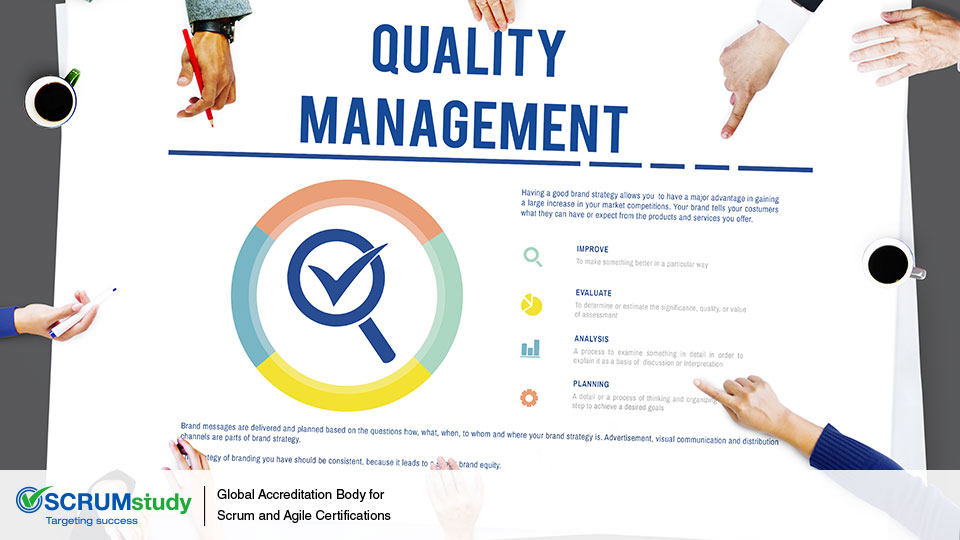The customer is the most important stakeholder for any project. Therefore, it is important to understand the customer’s needs and requirements. The Voice of the Customer (VOC) can be referred to as the explicit and implicit requirements of the customer, which must be understood prior to the designing of a product or service. Generally, in a Scrum environment, the Product Owner’s focus is on business requirements and objectives, which together represent the Voice of the Customer.
The Product Owner can benefit greatly from the guidance available from the Scrum Guidance Body (either through quality documents or standards, or from quality experts). These specialists should work with the Product Owner and the customer to ensure the appropriate level of detail and information in the User Stories, since User Stories are the basis for the success of any Scrum project.
It should be noted that external stakeholders are not directly involved at the Scrum Team level and, instead, interact primarily with the Product Owner. For any Scrum project, the customer may be either of the following:
- Internal (that is, within the same organization)
- External (that is, outside the organization)
Quality management in Scrum enables customers to become aware of any problems in the project early and helps them recognize if a project is going to work for them or not. In Scrum, quality is about customer satisfaction and a working product, not necessarily meeting arbitrary metrics. This distinction becomes very important from the customer’s point of view because they are the ones investing time and money in the project. Quality management in Scrum is facilitated through three interrelated activities, Quality planning, Quality control and Quality assurance










